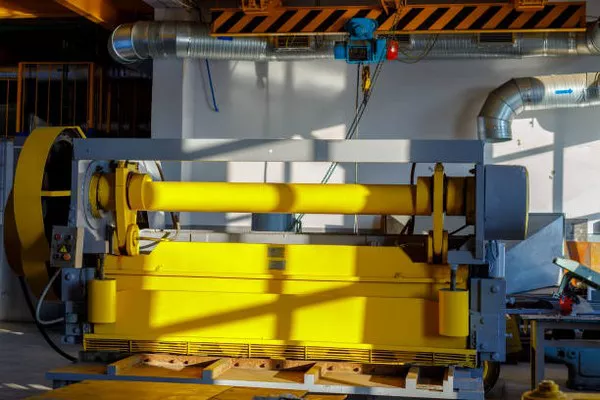In times of power outages or emergencies, a reliable generator can be a lifeline for businesses and homeowners alike. However, ensuring a seamless transition from grid power to generator power is crucial for maintaining continuous operations. This is where a transfer switch for generators comes into play. In this article, we will delve into the intricacies of transfer switches, their significance, and why they are indispensable components of any backup power system.
What is a Transfer Switch?
A transfer switch is a critical component in a standby generator system, designed to safely and efficiently transfer electrical power from the main power source to the backup generator. Its primary function is to prevent the simultaneous connection of the generator and the utility grid, avoiding any potential hazards or damage to the generator and ensuring a stable and isolated power supply during outages.
Key Components and Types of Transfer Switches:
Transfer switches come in various types, each catering to specific needs and applications. The two main categories are manual transfer switches (MTS) and automatic transfer switches (ATS).
Manual Transfer Switches (MTS):
Manual transfer switches require human intervention to initiate the transfer of power from the main electrical grid to the backup generator. They are cost-effective and straightforward, making them a popular choice for residential applications and smaller commercial setups. The user physically moves a lever or switch to disconnect from the grid and connect to the generator.
Automatic Transfer Switches (ATS):
Automatic transfer switches, on the other hand, provide a more hands-free and convenient solution. Equipped with sensors, these switches automatically detect power outages and initiate the switch to generator power without any manual intervention. ATS is commonly employed in larger commercial and industrial settings where a seamless transition is crucial for the uninterrupted operation of critical systems.
Key components of transfer switches include:
a. Switch Mechanism: This is the physical mechanism responsible for connecting or disconnecting the power sources. In manual transfer switches, it’s typically a lever or switch operated by the user, while automatic transfer switches use solenoids and motors for automatic operation.
b. Control Panel: The control panel houses the necessary electronics and controls to manage the transfer switch operation. In automatic transfer switches, this panel contains the logic and sensors that detect power outages and trigger the switch.
c. Enclosure: Transfer switches are housed in enclosures that protect the internal components from environmental factors such as weather and dust. The enclosure also ensures the safety of users by preventing accidental contact with live parts.
d. Circuit Breakers: These are integral for protecting the generator and electrical system from overloads. Circuit breakers disconnect the power supply in case of a fault, preventing damage to the generator and connected devices.
Importance of Transfer Switches:
Safety:
One of the primary reasons for using a transfer switch is safety. Connecting a generator directly to the electrical system without a transfer switch can result in backfeeding, where electricity flows back into the grid. This poses a serious safety risk to utility workers trying to restore power. A transfer switch eliminates this risk by isolating the generator from the grid.
Equipment Protection:
Transfer switches provide a barrier between the generator and the utility grid, preventing potential damage to the generator when power is restored. The switch ensures that the generator is only connected to the electrical system when needed, avoiding overload and potential malfunctions.
Seamless Power Transition:
For critical systems that require uninterrupted power, such as data centers, hospitals, and emergency services, an automatic transfer switch ensures a seamless transition from grid power to generator power. This automation is crucial in scenarios where even a brief power interruption could have severe consequences.
Convenience:
Automatic transfer switches offer convenience by eliminating the need for manual intervention during power outages. This is especially beneficial for applications where a rapid response to outages is essential, as the switch can transfer power to the generator within seconds of detecting an outage.
Installation and Maintenance:
While transfer switches are essential for reliable backup power, their proper installation and regular maintenance are equally crucial. Improper installation can lead to malfunctions or safety hazards, emphasizing the importance of hiring qualified professionals for setup. Routine maintenance checks ensure that the transfer switch is in optimal condition, ready to perform when needed.
See Also: What Is The Best Generator For Home Use? A Comprehensive Guide
Conclusion:
In conclusion, a transfer switch for generators is a vital component in any backup power system, ensuring the seamless transition from grid power to generator power. Whether manual or automatic, these switches play a pivotal role in safeguarding equipment, maintaining safety, and providing uninterrupted power to critical systems during outages. Investing in a high-quality transfer switch and adhering to proper installation and maintenance practices are essential steps in guaranteeing the reliability and effectiveness of a backup power system.

